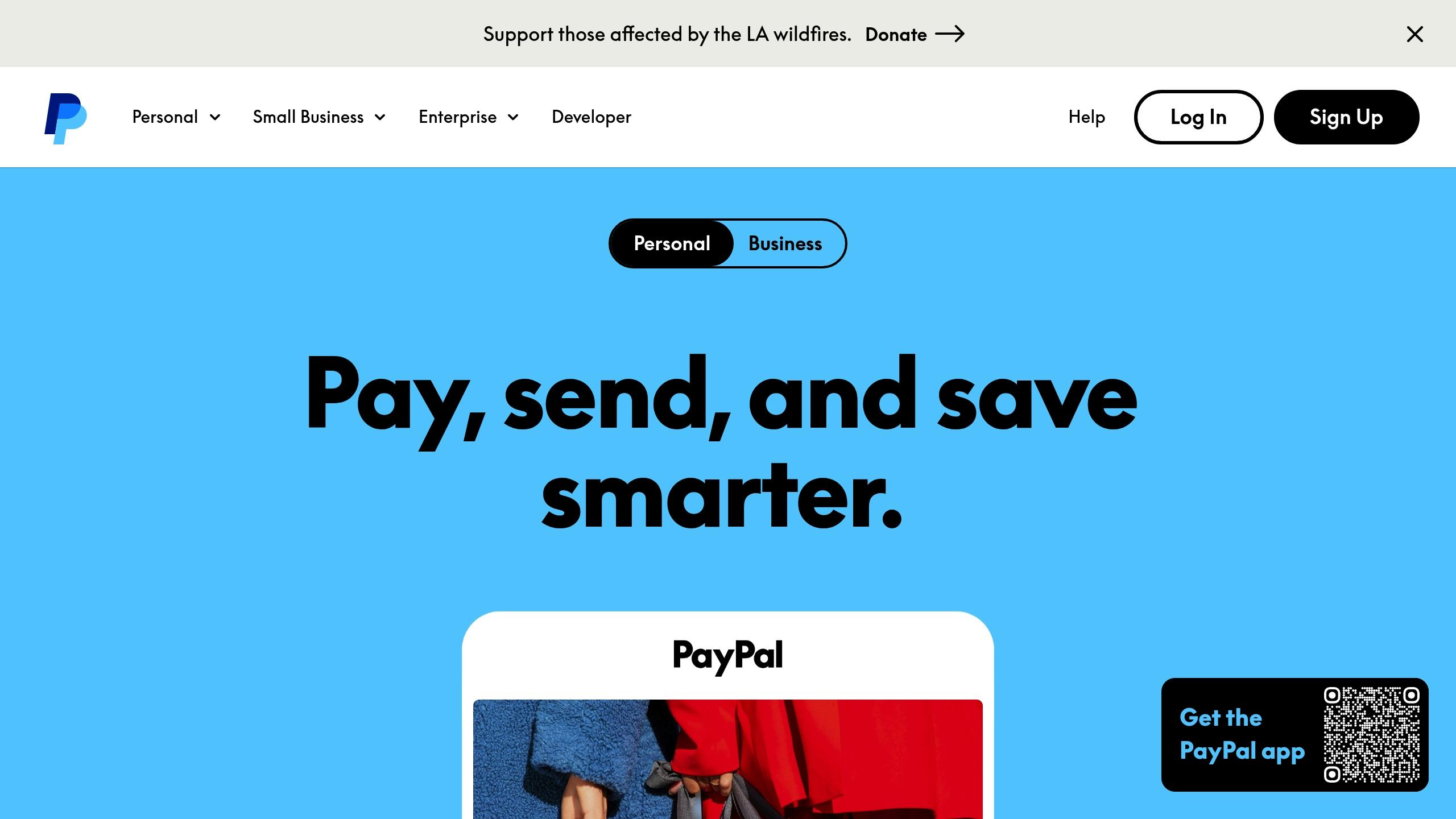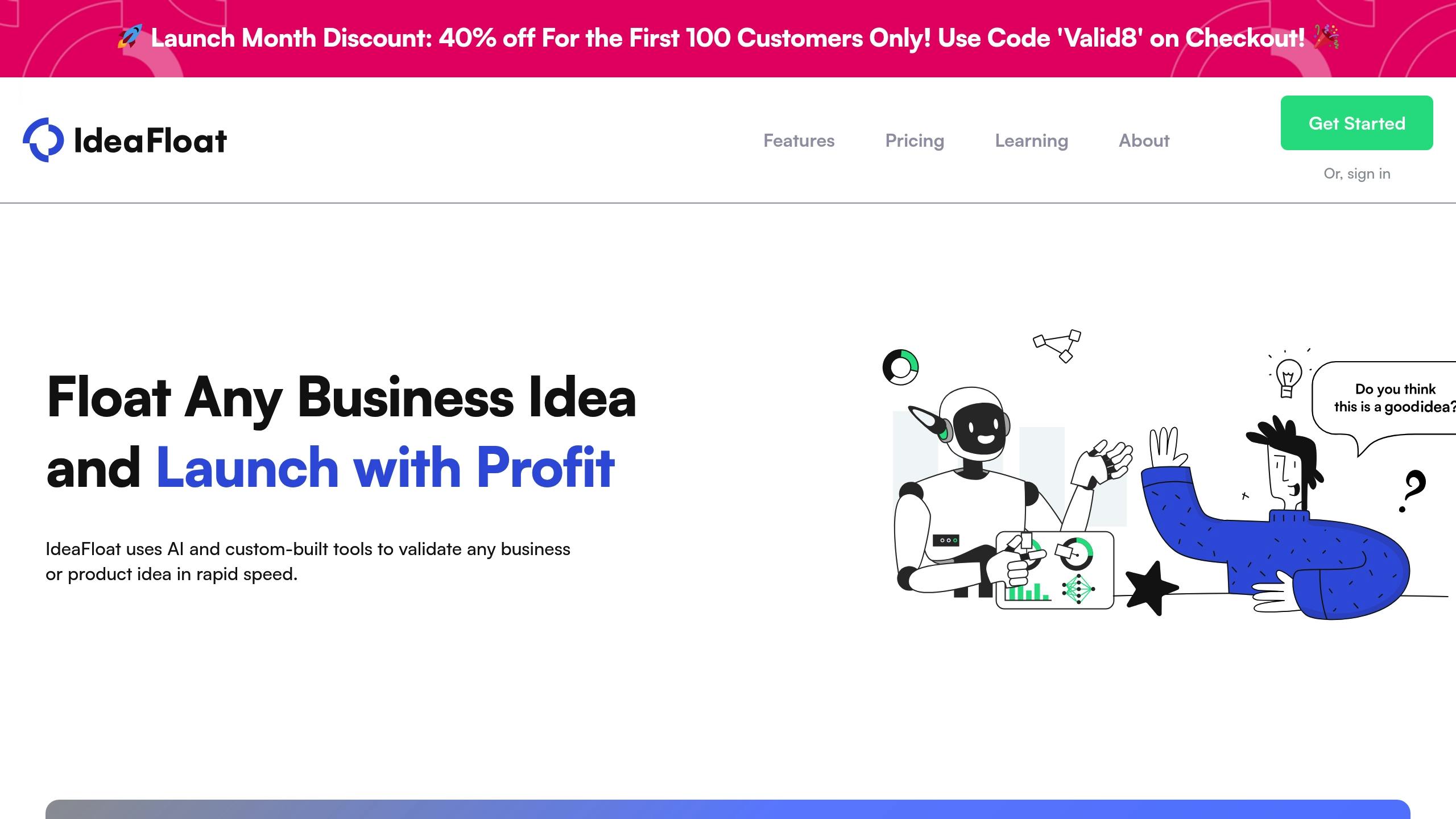
Some of the most successful companies today owe their growth to one bold move: a pivot. Whether it’s adapting to customer needs, shifting markets, or leveraging existing strengths, these businesses show how changing direction can lead to incredible success.
Key Examples:
- Instagram: From a cluttered app (Burbn) to a photo-sharing platform with 1B+ users.
- Slack: From a failed game (Glitch) to a workplace communication tool acquired for $27.7B.
- Netflix: From DVD rentals to the global leader in streaming services.
- YouTube: From a dating site to a universal video-sharing platform.
- PayPal: From PalmPilot payments to dominating online transactions.
- FitLife: From in-person training to virtual fitness, retaining 80% of clients.
- Wrigley: From selling soap to becoming an iconic gum manufacturer.
What You’ll Learn:
- When to Pivot: Signs like falling sales, industry shifts, or changing customer behavior.
- How to Pivot: Focus on strengths, act quickly, and test new directions.
- Types of Pivots: Product, customer, revenue, and channel pivots.
Quick Comparison:
| Company | Original Model | Pivoted To | Key Success Metric |
|---|---|---|---|
| Location-based app | Photo sharing | 1B+ users | |
| Slack | Gaming company | Business communication tool | $27.7B acquisition |
| Netflix | DVD rentals | Streaming service | Global market leader |
| YouTube | Dating site | Video platform | $1.65B acquisition by Google |
| PayPal | PalmPilot payments | Online payments | $61B+ market value |
| FitLife | In-person training | Virtual fitness | 80% client retention |
| Wrigley | Soap sales | Gum manufacturing | Industry leader |
These pivots prove that businesses can thrive by recognizing opportunities, acting decisively, and staying adaptable. Let’s dive into how they did it.
Why Your Business Needs to Pivot: Top Strategies for Entrepreneurs
What Makes a Business Pivot
A business pivot is a strategic move that shifts direction while building on a company’s existing strengths. This approach helps businesses find new opportunities and create more value . It’s important to understand what sets a pivot apart from other changes to make smart, strategic decisions.
Definition and Basics
A pivot involves leveraging what a business already does well while making a shift in direction. Eric Ries, known for the Lean Startup methodology, describes pivoting as requiring a mix of good judgment and creativity . Below are some common types of pivots that address various market challenges.
| Pivot Type | What Stays | What Changes | Example |
|---|---|---|---|
| Product Pivot | Tech foundation | User application | Instagram focused on photo-sharing instead of extra features |
| Customer Pivot | Product/service | Target market | PayPal moved from PalmPilot solutions to online payments |
| Revenue Pivot | Core offering | Business model | Netflix shifted from DVD rentals to streaming |
| Channel Pivot | Product/service | Distribution method | Wrigley transitioned from selling soap to making gum |
Common Pivot Categories
Studies show that 15-20% of startups adjust their original business plans through a pivot . These shifts often happen for a variety of reasons:
- Market-Driven Pivots: Businesses use customer feedback and performance metrics to identify opportunities. For example, declining conversion rates in freemium models (usually 2-5%) might indicate the need to rethink the revenue model .
- Technology-Based Pivots: Sometimes, a company’s technology proves more useful in a different context than originally planned. As one expert notes, "While your initial business idea might not be successful, you might have built something of value in the process. You just need to find it and focus on it" .
- Growth-Engine Pivots: These involve changing how customers are acquired or monetized to drive better results.
"The Lean Startup method teaches you how to drive a startup - how to steer, when to turn, and when to persevere - and grow a business with maximum acceleration." - theleanstartup.com
The secret to a successful pivot lies in keeping what works and changing what doesn’t. If your metrics or instincts suggest a problem, act quickly .
7 Business Pivot Examples
Instagram: From Burbn to a Photo App

When Kevin Systrom and Mike Krieger launched their location-based app Burbn, they secured $500,000 in funding. However, user data revealed that photo sharing was the feature people loved most in its otherwise cluttered interface .
"It was a jumble of features that made it confusing", Systrom acknowledged .
This realization led them to focus solely on photo sharing, creating Instagram. The app was later acquired by Facebook for $1 billion and has since grown into a platform with over 1 billion users, valued at $100 billion .
Slack: From Gaming Studio to Business Communication
Tiny Speck initially developed a game called "Glitch", but when it failed to gain traction, the team shifted gears. They turned their internal communication tool into Slack . Within just 24 hours of its beta launch in 2013, Slack attracted 8,000 users, growing to 50,000 within weeks . By 2014, it had reached unicorn status, and by 2018, it boasted 8 million daily active users. Salesforce later acquired Slack for $27.7 billion .
PayPal: From PalmPilot Payments to Online Transactions

PayPal began as a payment solution for PalmPilot devices but quickly shifted to online payments to meet broader market demand. This pivot allowed it to grow into a financial giant, with a market value now exceeding $61 billion .
Small Business Example: FitLife's Virtual Pivot

FitLife, a local fitness studio, adapted to lockdown restrictions by moving from in-person training to virtual fitness classes. This shift helped them retain 80% of their clients while expanding their reach nationwide through online platforms .
YouTube: From Dating Site to Video Platform
YouTube started as "Tune In Hook Up", a video-based dating site. Recognizing a bigger opportunity, it pivoted to become a universal video-sharing platform. This change paid off when Google acquired YouTube in 2006 for $1.65 billion .
Netflix: From DVD Rentals to Streaming

Netflix transitioned from a DVD rental service to a streaming platform in 2007, paving the way for its rise as a global leader in entertainment .
Wrigley: From Soap to Chewing Gum
William Wrigley Jr. began as a soap merchant but noticed that customers were more interested in the chewing gum he offered as a promotional item. He shifted entirely to gum manufacturing, which became the foundation of his success .
These examples highlight how strategic changes can lead to extraordinary outcomes:
| Company | Original Model | Pivoted To | Key Success Metric |
|---|---|---|---|
| Location-based app | Photo sharing | 1 billion+ users | |
| Slack | Gaming company | Business chat | 8M daily users by 2018 |
| PayPal | PalmPilot payments | Online payments | Market value exceeds $61B |
| YouTube | Dating site | Video platform | $1.65B acquisition by Google |
| Netflix | DVD rentals | Streaming service | Global market leader |
| FitLife | In-person training | Virtual fitness | 80% client retention |
| Wrigley | Soap sales | Gum manufacturing | Industry leader |
Research suggests that startups pivoting once or twice tend to raise 2.5 times more funding and achieve 3.6 times greater user growth than those that pivot too often or not at all .
sbb-itb-08dd11e
What These Pivots Teach Us
Quick Response to Change
Acting quickly and decisively can make or break a business pivot. Patrick Salyer, former CEO of Gigya, put it plainly:
"You have to be bold when you do these things. You have to do what's right for the business"
In 2009, when Facebook's changes threatened Gigya's widget business, the company wasted no time. They shifted focus to creating a "social infrastructure" product, a move that eventually led to their $350 million acquisition by SAP in 2017 .
What does it take to respond quickly?
- Keep a close eye on trends and customer behavior
- Use data to make informed decisions
- Redistribute resources without delay
- Clearly communicate changes to stakeholders
This kind of agility opens the door to new opportunities and sets the foundation for future growth.
New Ideas Drive Growth
Growth often comes from recognizing untapped potential in what you're already doing. Anarghya Vardhana, Partner at Maveron, explains:
"Early-stage teams get fixated on the new product that everyone has come together to build to the point they ignore warning signs in the market and miss the potential to build a different product of more value"
Here are three areas where successful pivots tend to focus:
-
Identifying Core Value
Understanding what truly drives your business is key. For example, Instagram realized that photo sharing was their main strength, and this clarity helped them thrive . -
Strategic Innovation Integration
Innovation works best when it's aligned with the needs of your team and customers. As Jeremy Finlay from Quantiem.com points out:"Pivoting without considering people's interests at the core can result in a pivot that falls apart. A pivot for the people is a likely win for all. A selfish pivot risks a backtrack"
-
Continuous Iteration
Experiment, gather feedback, stay aligned with your mission, and keep refining based on market response .
Eloise Bune, founder and CEO of Handwriting.io, sums it up well:
"As a founder of a startup, it can be difficult to separate yourself and your business from your original idea – the idea that may embody your passion and hard work for years, but may just not be working. Therefore, you need to accept the realization that even the best ideas require evolution, adjustment, and pivoting to enable the business to move in a happier and healthier direction"
Tools for Business Changes
Modern tools make it easier than ever for businesses to adjust their strategies, offering precise, data-driven solutions for quick and efficient changes.
IdeaFloat Features

IdeaFloat simplifies the process of identifying and validating new opportunities. Founder Nick Sherwing shares:
"IdeaFloat saved us weeks of work by helping us explore demand for new products across different regions and took the guesswork out of finding gaps in the market"
Its financial tools - like the startup cost generator, breakeven analysis, and pricing strategy features - turn time-consuming tasks into quick, actionable insights.
"Any existing business that is considering scaling up or changing direction should be using IdeaFloat. It is an incredibly powerful tool"
While IdeaFloat covers a lot of ground, other tools can help fine-tune your pivot strategy.
Additional Planning Resources
Alongside IdeaFloat, several other tools can aid in managing finances and testing new ideas effectively:
- Financial Management: Pivot’s AI-driven tools reduce manual analysis by 90%, automate 95% of invoice entries, and speed up financial closing by two days .
- Testing and Validation: For digital transformations, these platforms are widely used:
| Tool | Market Share | Best For |
|---|---|---|
| LambdaTest | 56% of small businesses | Cross-browser testing |
| BrowserStack | 46% of small businesses | Device compatibility |
| Postman | 34% of small businesses | API testing |
Selecting the right tools depends on your business’s specific goals and scale. Guillaume Lemesle, Global Purchasing Manager at Jellysmack, highlights the importance of this fit:
"When it came to choosing a procurement tool fit to our scale-up DNA yet capable of handling the complexity of our specific needs, Pivot was a no-brainer"
Next Steps
Main Points Review
Here are some common signs that might indicate it's time to change direction:
| Warning Sign | Suggested Action |
|---|---|
| Falling Sales/Engagement | Review feedback from your top 10 clients |
| Industry Shifts | Research market trends and competitors |
| Customer Behavior Changes | Analyze user data and engagement patterns |
| Team Feedback | Gather and document employee suggestions |
| Resource Issues | Compare current resources to business needs |
These signs help you identify areas that need attention and create a clear plan for moving forward.
Action Plan
1. Evaluate Your Current Position
Take a close look at how your business aligns with its goals. Tools like IdeaFloat's Business Summary Generator and SWOT Analysis can help you pinpoint strengths and weaknesses.
2. Research and Validate
Use IdeaFloat's Market Size Assessment and Customer Profiling tools to uncover new opportunities and validate your ideas.
"If you're noticing a lack of motivation or excitement to move forward with your business, it's a sign that it could be time to make a change"
3. Test New Directions
Before committing to a full pivot, run small-scale experiments:
- Use IdeaFloat's Validation Score to test ideas.
- Check pricing strategies with the Pricing Analyser.
- Estimate costs with the Startup Cost Generator.
- Determine breakeven points for potential initiatives.
4. Create an Implementation Framework
| Phase | Duration | Key Actions |
|---|---|---|
| Assessment | 2-4 weeks | Conduct market research, interview customers |
| Planning | 4-6 weeks | Develop strategies, allocate resources |
| Testing | 6-8 weeks | Launch small-scale trials, gather feedback |
| Scaling | 3-6 months | Roll out fully, monitor performance |
While making changes, keep your core operations steady and prioritize a customer-focused approach . Use IdeaFloat's Lean Canvas Generator to design your pivot strategy and the Pitch Deck Generator to effectively share your plans with stakeholders.
Related Blog Posts
Get the newest tips and tricks of starting your business!


